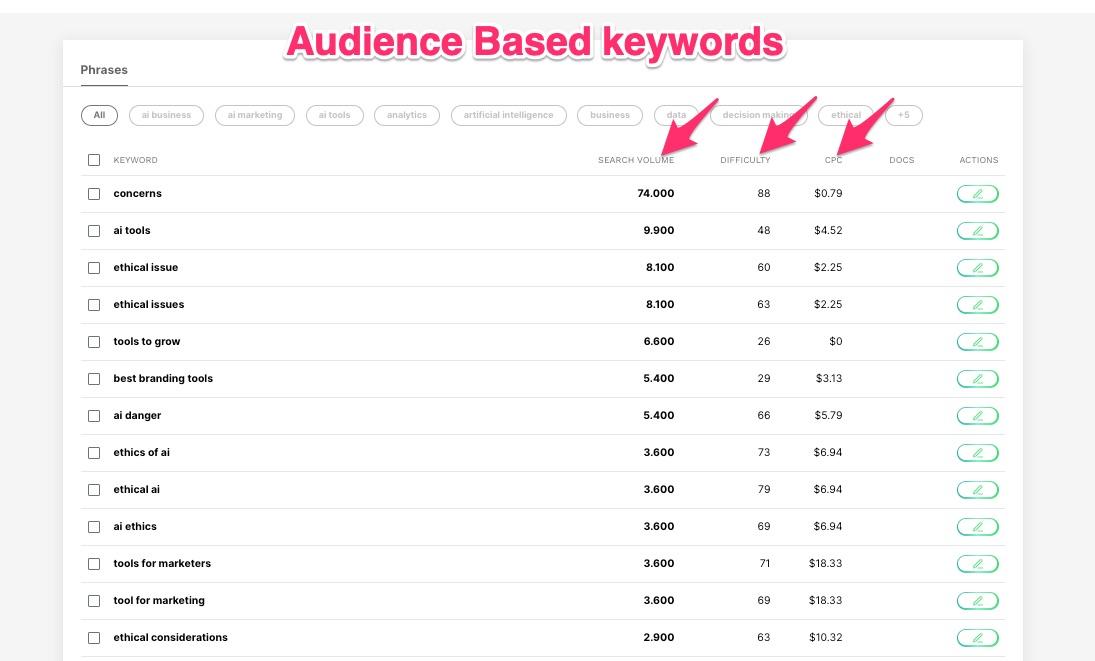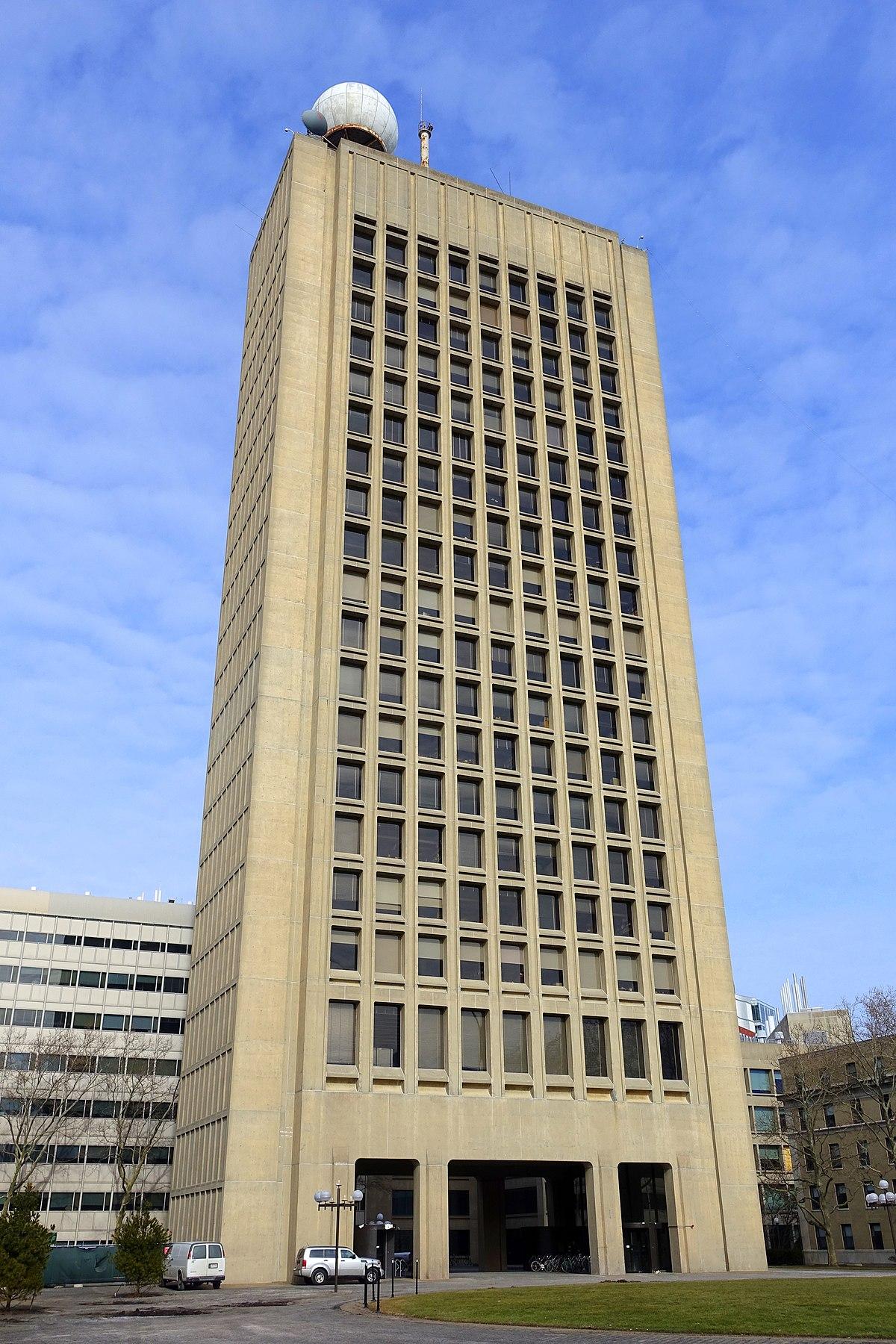Introduction
In the dynamic world of building, design, and construction, project managers and business leaders are constantly seeking innovative ways to streamline processes, enhance efficiency, and deliver projects on time and within budget. Enter Artificial Intelligence (AI) – a transformative force that is reshaping the landscape of project management in this sector. As we stand on the brink of a new era, the integration of AI into project management practices offers unprecedented opportunities for innovation, precision, and strategic decision-making. This article delves into the future of AI in the building, design, and construction field, highlighting how cutting-edge AI tools, software, and methodologies are revolutionizing the way projects are managed from conception to completion.
The AI Revolution in Project Management
AI is not just a buzzword; it’s a powerful tool that is making its mark across various industries, and the building, design, and construction sector is no exception. The application of AI in project management within this field is multifaceted, ranging from automated task management to predictive analytics for project timelines and resource allocation. By harnessing the capabilities of AI, businesses can achieve:
- Enhanced Efficiency: Automate routine tasks, freeing up project managers to focus on strategic decision-making and creative problem-solving.
- Improved Accuracy: Utilize AI-driven analytics to predict project outcomes, identify potential risks, and make informed decisions.
- Optimized Resource Allocation: Leverage AI algorithms to allocate resources more effectively, ensuring that projects are completed within budget and on schedule.
- Innovative Design Solutions: Employ AI-powered design tools to explore new architectural possibilities, optimize building layouts, and enhance sustainability.
Exploring Cutting-Edge AI Tools and Methodologies
This article will guide you through the latest AI-driven tools and methodologies that are transforming project management in the building, design, and construction field. From software that automates task scheduling to platforms that provide real-time insights into project progress, we will explore how these innovations can empower your team to achieve greater productivity and project success.
- Automated Task Management: Discover tools that streamline task assignment and tracking, ensuring that every project component progresses smoothly.
- Predictive Analytics: Learn about software that predicts project timelines and outcomes, allowing for proactive management and mitigation of risks.
- Resource Allocation Algorithms: Understand how AI can optimize the distribution of resources, from manpower to materials, to enhance project efficiency.
- AI-Powered Design Tools: Explore innovative applications of AI in design, from generating creative solutions to optimizing building performance.
Empowering Your Organization with AI
Adopting AI-driven project management solutions can seem daunting, but this article aims to demystify the process, providing clear, actionable insights that business professionals can confidently apply within their organizations. By embracing these technologies, you can not only streamline your project management processes but also gain a competitive edge in the rapidly evolving field of building, design, and construction.
Stay tuned as we embark on this journey into the future of AI in project management, exploring the tools, trends, and capabilities that are setting the stage for a new era of innovation and success in the building, design, and construction industry. In the realm of construction, AI-Driven Design Optimization is paving the way for more efficient and sustainable projects. By leveraging artificial intelligence, architects and engineers can now utilize algorithms to simulate countless design variations, optimizing for factors such as material usage, energy efficiency, and environmental impact. This not only leads to innovative building designs but also significantly reduces waste and costs. For instance, AI tools can predict the optimal configuration of a building to maximize natural light, thereby reducing electricity consumption. Similarly, by analyzing historical climate data, these tools can suggest materials and structures that are more resilient, ensuring longevity and sustainability.
Enhancing On-Site Safety Through AI and Machine Learning is another transformative application in construction project management. By integrating AI with IoT (Internet of Things) devices, construction sites become safer environments. Wearable sensors can monitor workers’ vital signs and alert them to potential hazards in real-time. Drones equipped with AI can perform site inspections and identify risks such as unstable structures or hazardous materials without putting human lives at risk. Furthermore, machine learning algorithms can analyze data from past incidents to predict and prevent future accidents, creating a proactive approach to safety management.
| AI Application | Benefits |
|---|---|
| AI-Driven Design Optimization | Reduces waste, lowers costs, improves sustainability |
| AI for On-Site Safety | Monitors health, predicts hazards, enhances safety protocols |
| Predictive Analytics in Resource Allocation | Optimizes resource use, improves project scheduling |
Predictive Analytics and AI in Resource Allocation and Scheduling offer a strategic advantage by forecasting project needs and potential bottlenecks. AI algorithms analyze vast datasets, including project timelines, resource availability, and historical performance metrics, to predict future project requirements with remarkable accuracy. This enables project managers to allocate resources more effectively, avoid delays, and adhere to budgets more closely. For example, AI can forecast the need for additional manpower or materials before a shortage arises, ensuring that projects remain on track. By embracing these AI-driven tools and methodologies, construction project management can achieve unprecedented levels of efficiency, safety, and sustainability.
To Wrap It Up
As we conclude our exploration of the transformative power of AI in the building, design, and construction field, it’s clear that the future holds remarkable potential for project management across these industries. The advent of AI-driven tools and methodologies is not just a trend but a fundamental shift towards more efficient, accurate, and innovative project management practices. By automating routine tasks, enhancing decision-making with predictive analytics, and optimizing resource allocation, AI technologies are setting a new standard for project success.
Key Takeaways:
- Automation of Routine Tasks: AI tools are revolutionizing the way mundane and repetitive tasks are handled, freeing up valuable time for project managers and teams to focus on more strategic and creative aspects of their projects.
- Predictive Analytics for Better Decision-Making: With AI’s ability to analyze vast amounts of data and predict outcomes, project managers can make more informed decisions, anticipate potential issues, and devise effective strategies to mitigate risks.
- Optimized Resource Allocation: AI-driven project management software enables more precise and efficient allocation of resources, ensuring that projects are completed within budget and on time, with optimal utilization of manpower and materials.
Encouragement for Adoption:
For business professionals, project managers, executives, and operations leaders, the message is clear: embracing AI in project management is not just advantageous but essential for staying competitive in the rapidly evolving landscape of the building, design, and construction industries. The capabilities of AI are vast and varied, offering tools and solutions that cater to the unique needs and challenges of each project.
Actionable Steps:
- Assess Your Current Project Management Tools: Evaluate whether they meet your needs or if AI-driven solutions could offer significant improvements.
- Stay Informed: Keep abreast of the latest developments in AI project management by attending webinars, conferences, and following thought leaders in the field.
- Pilot AI Tools: Start small by implementing AI tools in a pilot project to gauge their effectiveness and suitability for your operations.
- Train Your Team: Ensure your team is equipped with the knowledge and skills to leverage AI tools effectively, through training sessions or workshops.
Conclusion:
The integration of AI into project management within the building, design, and construction field is not just a fleeting trend but a pivotal evolution that promises to redefine traditional practices. By adopting AI-driven tools and methodologies, businesses can achieve unprecedented levels of efficiency, accuracy, and innovation. As we look to the future, the role of AI in project management will undoubtedly continue to expand, offering even more sophisticated solutions to meet the complex demands of modern projects. The time to explore and embrace these AI capabilities is now, setting the stage for a future where project success is enhanced by intelligent, data-driven decision-making and operational efficiency.
